How is beauty defined & how do we capture it? These are questions worth exploring through fashion, fine art, friendships, film, & more. This is “Eternally Ephemeral”.
It’s funny…when I was toying with this thesis, I googled “Q&A about Beauty” (had to start somewhere!) & Google immediately hit me page after page of interviews with CEOs of cosmetic & skincare companies. As much as I love – I mean it – a little filler & some microneedling, the internet would rather push us products than substance.
Of course, we all know the cliche “beauty is more than skin deep” – but do we really? I told a friend recently that I miss having conversations with friends about something that wasn’t trending on social. How did you feel after you read a chapter in that book on your bedside table or were you moved when you saw that photography exhibition or what did it mean to just sit in the grass? We often confuse documenting our situations on social with actually ~experiencing~ them. Are we so afraid that we will forget that we have to take a photo & share with followers? Do we rush through actually having an understanding of our present tense selves in order to get to material that will make us relevant on some version of the internet?
Or can we challenge ourselves to use every one of our senses – sight, sound, smell, taste, and touch – to come to our own conclusions, then connect with a friend & tell them why that moment was so profound to us? A dialogue that goes beyond a story post, a reel, a DM.
I’m more interested these days in understanding my friends who continue to create beautiful things despite society’s (government, social media, late-stage capitalism, etc) efforts to quell our collective spirit & generally feel divisive. It is actually the only resolve we have. I want to understand what motivates us to keep going despite it all…
Cue Sally Simms. Super Saturday owner Sally Simms is a dealer-collector, formerly a tech executive dealing antiques and art out of her own collection on the side. She started the store while living in New York, bringing it a contemporary art-furniture sensibility that blends with the more layered, traditional design aesthetic imbued by her upbringing in Virginia and its current setting in Charleston.
Your shop, Super Saturday, feels like an extension of your home — layered, personal, and full of humor. How do you define beauty when it comes to creating a space?
Beauty and hospitality are really mingled. I want people to feel good in a space. Maybe a weird thing to say but I don’t think it’s everyone’s priority. I believe that places where you spend your life have a serious influence on how you feel and operate every day, even if you don’t think about space or decoration. It’s one of the reasons people comment when they walk into a really lovely home – they feel it in their bodies right away. A beautiful space makes people feel themselves more beautiful, more engaged, like more is possible for them. Its harmony might be calming and enabling, its surprises and craft might be inspiring or challenging, the way it is arranged might push people to act a certain way in it. It should accommodate people and also nudge them to live in a way that is gracious, fulfilling, interesting to them. Particularly in a person’s home, that form of beauty should also be personal to them in a way that helps mirror back to them some of the best parts of themselves and their lives – what they love, what gets them excited and brings out their best character. A place can be a reminder of how to live. Spaces shape behavior. Some spaces that have a certain surface beauty but are not deeply beautiful might scream ‘show me your best behavior!’ to people in them, but really beautiful spaces much more subtly coax the best out of a person, like a friend.


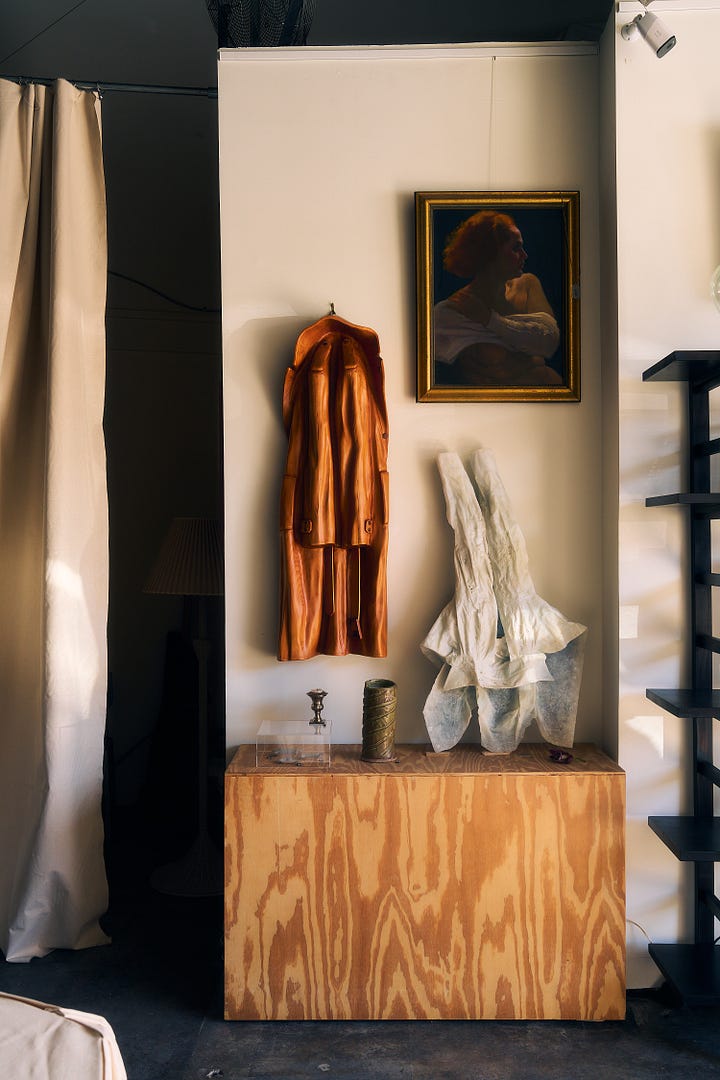
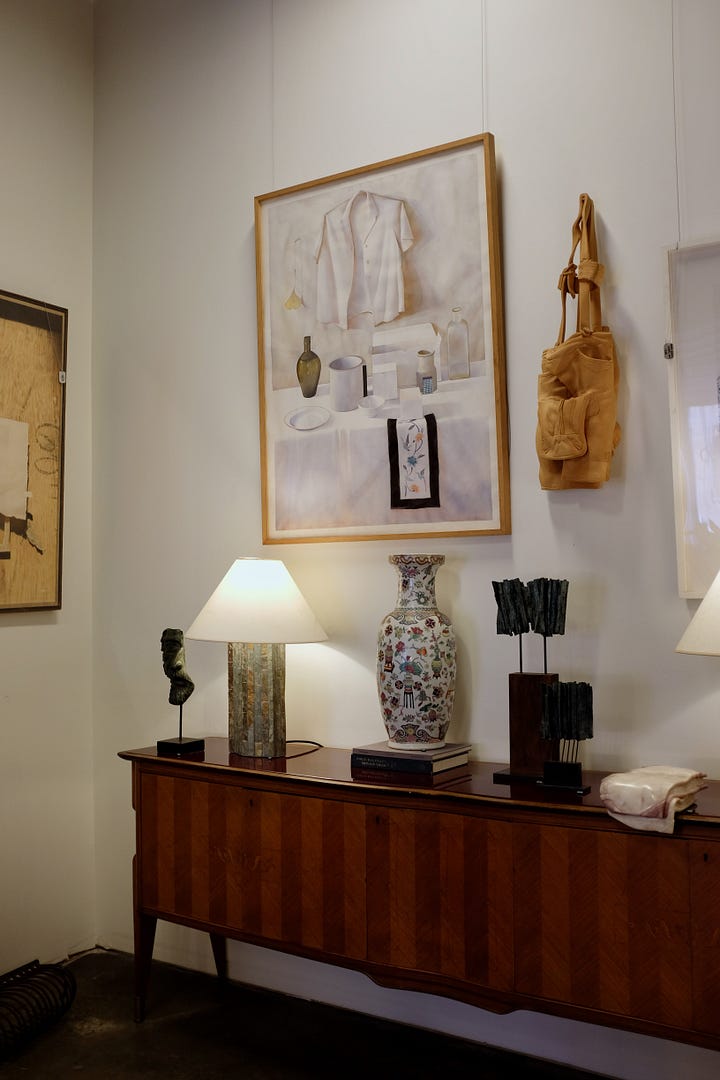
There’s a sense of playfulness in your collection alongside serious craftsmanship. Why is whimsy an important part of beauty for you? How do you bring whimsy to your day-to-day?
Humor is a pretty important part of human connection, I think. And enjoying a piece of art or design is a medium of connecting to the person who made it, and to others around you who are experiencing it. Having some fun in art and furniture can create some openness and room for exploration. Art and design can be very intimidating, particularly when fine and formal. If something is exquisitely crafted but is also winking at you, it’s welcoming a lot more people in to be part of enjoying it. It’s being a gracious host.
I am also just a person who likes to laugh and smile a lot. It would be really difficult and real pretense for me not to do that in my collection. If a piece of art or furniture makes me smile, that guides my buying. It’s exerted a force on me and given me some happiness, isn’t that great? Why not?
You often live with pieces before they make their way to the shop…what does that time teach you about what makes an object truly special?
Oh lots. For example, a pair of wood-carved lederhosen that hang on the wall spent quite a while in my dining room before they went to the store, and I learned how flattering they are to those around them. Every banal thing in the vicinity is elevated by those hose for some reason. And yet they’re so dumb! (Complimentary!) I wouldn’t have expected that.
Of course, I discover simple things like does a piece look better in lots of light or little light, little styling things. But I definitely feel a little animist, especially with the things in my house. I develop a relationship with them and it helps me see them better and point out the deeper parts of their beauty and nature once they move on to the store. You have to get to know someone.
You grew up surrounded by traditional design in Virginia and now bring a fresh eye to antiques and art in Charleston. What’s your woven thread of influence that shapes your sense of beauty?
I did grow up in Virginia which certainly has a traditional aesthetic, but also – my parents are from Mississippi and I was raised with a very strong flavor of Mississippi hospitality in every part of life, so there’s no question at all that that has defined my idea of what is beautiful. What’s the point of visual beauty if people can’t enjoy it because they’re uncomfortable, or can’t relate to it because they don’t feel welcome to it? Traditional design, in a Southern, American sense, is I think about making formal, visual beauty actually comfortable to live inside. And if the two are ever in opposition, you absolutely have to choose welcome over beauty. A chair can be beautiful but if you can’t really sit in it, what is it then? (Okay…technically the answer here is ‘sculpture’ which I am also good with, but I think you see my point.)
Another element, not necessarily having to do with traditional design but with that early influence – is that appearances really matter in the South. I’m on board with that. So your own appearance, and your home or your space, represent you to others and you should make them a good ambassador and make sure you play to your strengths. Don’t waste opportunities to connect with people that way and help them discover who you are. Life is about connection.
Is there a novel or film that deepened your love of collection & place making?
Ha, well The Little Mermaid was obviously my favorite Disney princess (“You want thingamabobs? I’ve got twenty!!!”). Even in early childhood, I had a noted thingamabob collection (remember Happy Meal toys?). Auntie Mame is also canon for my family (“Live, live, live! Life’s a banquet and most poor suckers are starving to death!”) – Mame is an absolute queen of hospitality, and she’s also a total legend art benefactor.
I’d be remiss if I didn’t mention my favorite movie though, Room with a View. Half the movie is about places, looking for a place, moving in, moving out, details in rooms, how places are shaping people. Helena Bonham Carter moves differently in each setting – the way she uses her hands changes. That movie really flows through me.
What’s a piece in your personal collection that you’ll never part with, and what story does it tell?
Never is a long word. Last month I sold a piece of art I thought was a never about five years ago. I’m not a terribly sentimental person with things, which might run contrary to my sort of animist tendencies. But I have an old inlaid demilune I got while in my last New York apartment, and I would never let it go. It looks quite prehistoric, but also sort of Adams style and refined, and it’s very well-executed. It has inlaid flowers, urns, bells, zig-zag shapes, and horned animal heads. It’s very weird, good weird. That’s my baby.
Your shop has a “lived-in spirit” — it’s not just about perfect design, but about life happening around beautiful things. How do you balance collecting with creating a home that feels warm and real?
One piece of this puzzle is that I’m not going to have a space and not host in it. That would be so weird and unnatural. The brief for how the shop works is - I’m going to hang out in here with people, so how do we do a shop around that that manages the inventory okay? And when we throw launch parties, not all inventory is invited.
Maybe the biggest expression of this balance is the strength of my desire to sell a piece if I find out it’s well-known or especially pristine. I want to touch my things, I am not a museum. I don’t want to be a reckless caretaker, though. If I can’t act normal around something without harming it in an essential way, it’s probably more for someone else who is more precious with their things. I am, of course, very happy to have those people as customers and I am glad they, noble stewards of these precious items, are willing to undertake that duty. I feel lucky to be a link in the chain and encounter special things. Some people also just live kind of light in their houses and don’t mess around as much. We live pretty hard in our house (and store). I like to mess around.
I guess there’s another basic tenet of all this which is like, if you don’t want people to treat a piece a certain way, make it feel weird to do it. Make delicate things difficult to reach, put a little object where a cup ring might otherwise happen to a table, etc. And if the way you arranged things invites people to do something you don’t want them to, that’s your fault not theirs, and you should just very gently alter the situation at your first opportunity. It’s fluid. (I admit I’m regularly surprised what people will touch, though. I had to get some lucite boxes.)
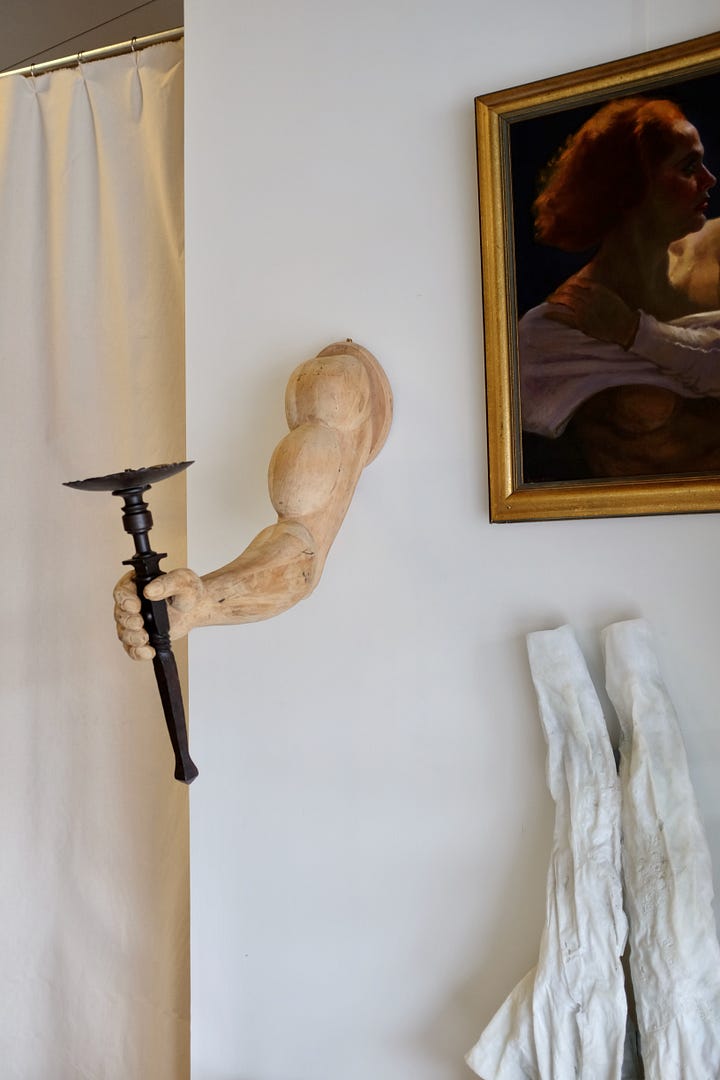

I saw that you were just part of The Charleston Show1 in March. Did you have any expectations? What was the reception of Super Saturday like? The only time I’ve been was in 2023 & it was a marvel, yet Kevin & I were probably the youngest people there. It was a shame! So many treasures to discover. Was this year different?
It was. I’ve been to the show in past years as an attendee, and there was a new energy this year – Drayton Hall and the Antiques Council are pushing some new initiatives to pull in new generations of collectors and preservationists. I’m a millennial and, as an antiques dealer, absurdly biased, but I think my generation does value old things, and is finally breaking through to the life stage when it becomes feasible to invest in them amid a market where many antiques are more financially attainable than they were in our parents’ house-furnishing era. Michael Diaz Griffith of the Design Leadership Network was involved in the show and if you ever get a chance to go to an event where he’s speaking or hanging out, you must go. He has a powerful, vivid vision for the future of the industry and he’s just impossibly articulate and charming in conveying it. It’s not just his observations – he’s doing it by fiat, pushing for the world he wants to see (an economically and creatively lively, evolving antiques world), and nudging resources around to make it happen.
The biggest outcome from participating in the show was that I felt supported as a younger (for the industry) dealer and collector. It can be lonely starting up a sort of weird, creative business slinging obscure sculptures and furniture-as-art to a varied clientele, so feeling so supported and seen in that work was actually quite moving for me. I’ve had a pretty wild burst of energy since – watch out for what’s coming.
What’s something unexpected — a piece, a place, a moment — that recently made you stop and think, ‘Wow, what a beautiful thing’?
I was listening to the first like three minutes of Ina Garten narrating her memoir yesterday and she made me cry pretty much immediately. It was actually her manner of speaking – you can hear where she’s from and she’s just so relaxed and she’s enjoying it, I think. Isn’t it fantastic to be a giant talent and immense success like Ina and just seem like you put on no airs at all? She just seems so herself. That’s what made me cry, it’s very beautiful to be yourself.
Along those same lines, what is something that feels eternally ephemeral to you?
I guess feeling like yourself is kind of fleeting and something I find myself always chasing. It’s something that happens in moments, not all the time. Worth chasing, though.
The Charleston Show brings together 30 exhibitors from the United States, England and Europe showcasing the best period to mid-century furniture, traditional and contemporary art and ceramics, jewelry, folk art, oriental rugs, silver, prints and maps, garden and architectural antiques.





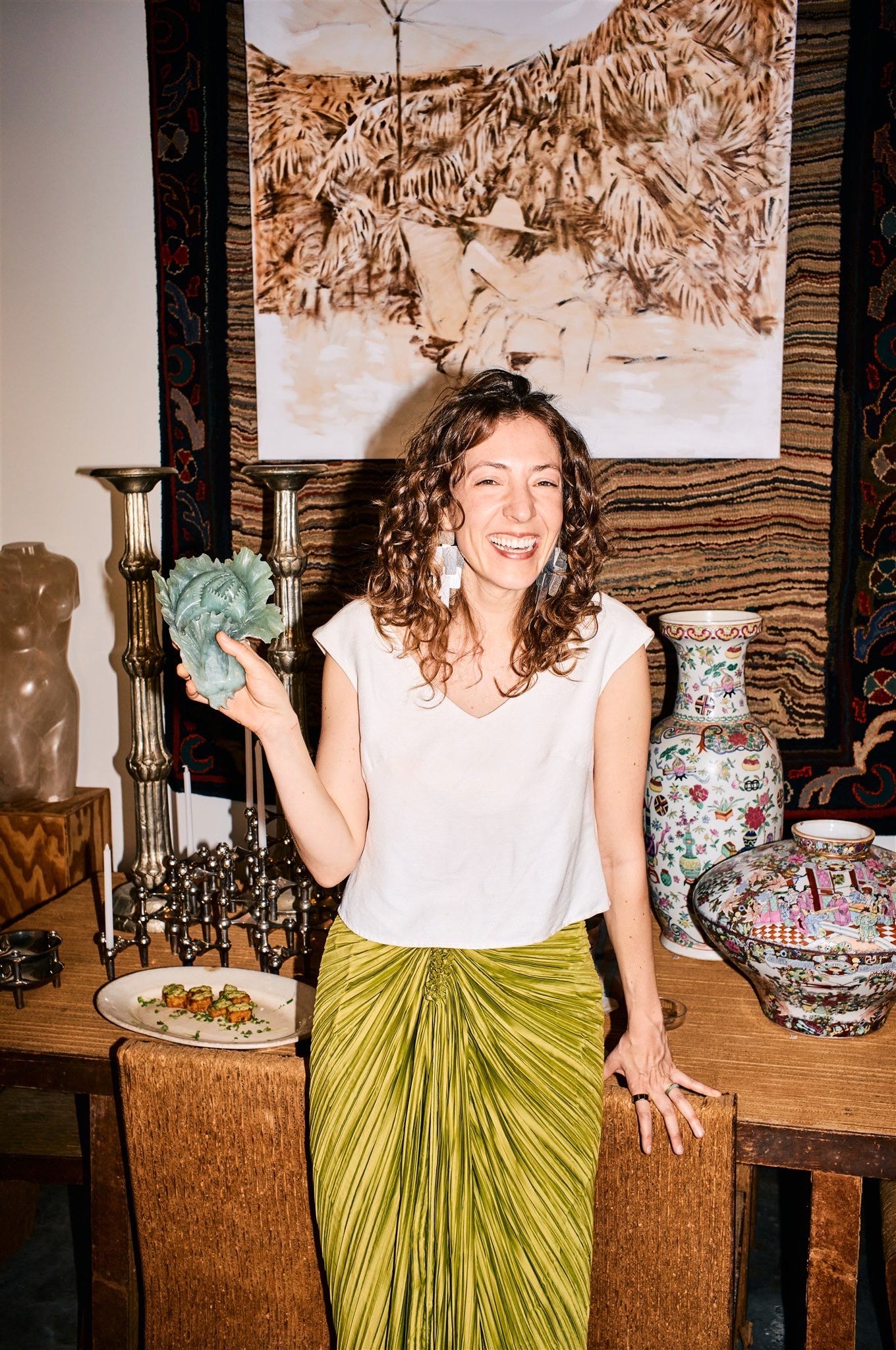
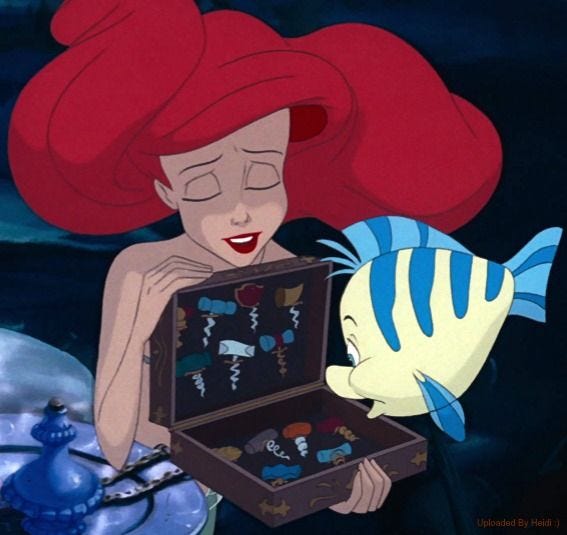
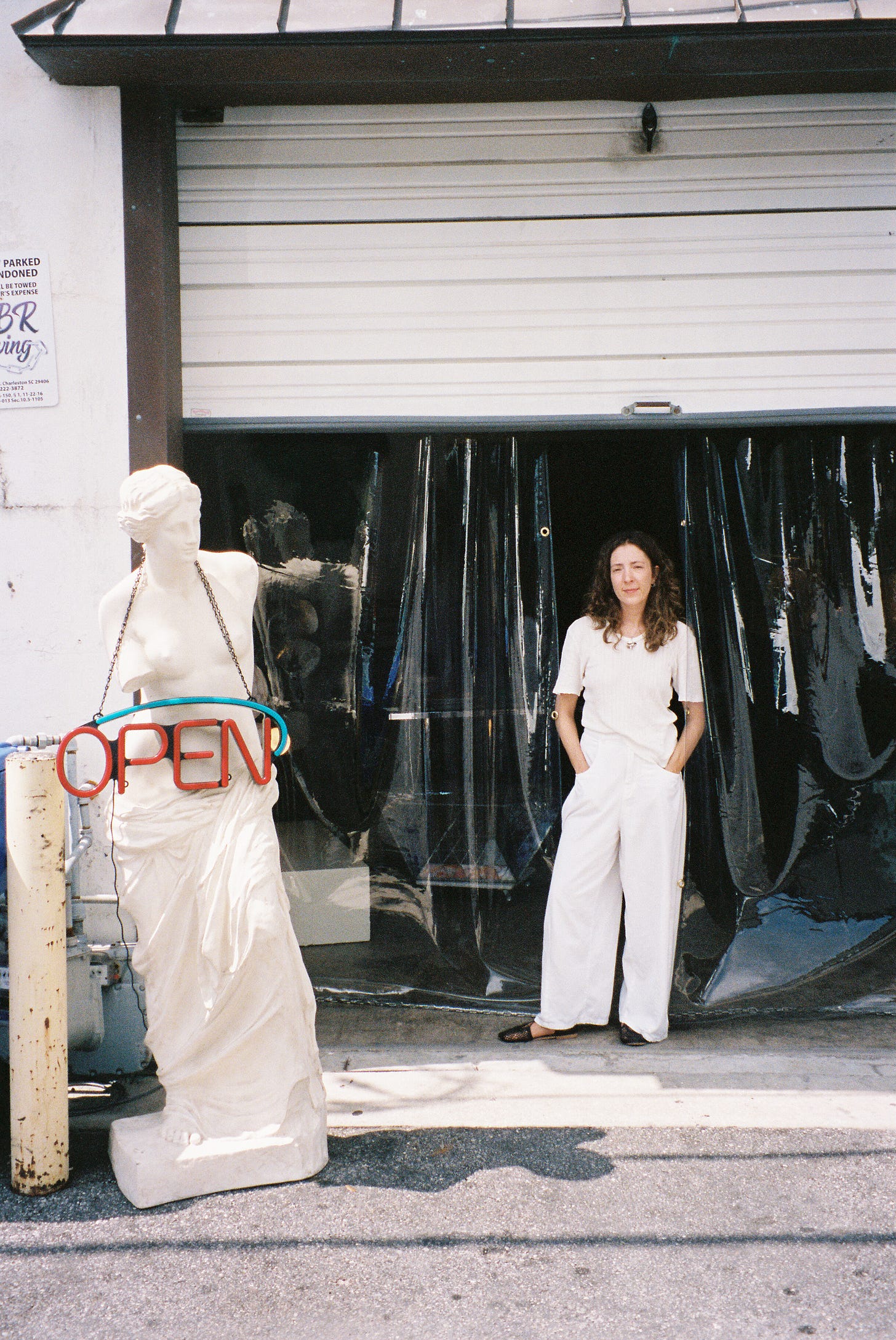
where do I apply to be friends with sally
Love love love.